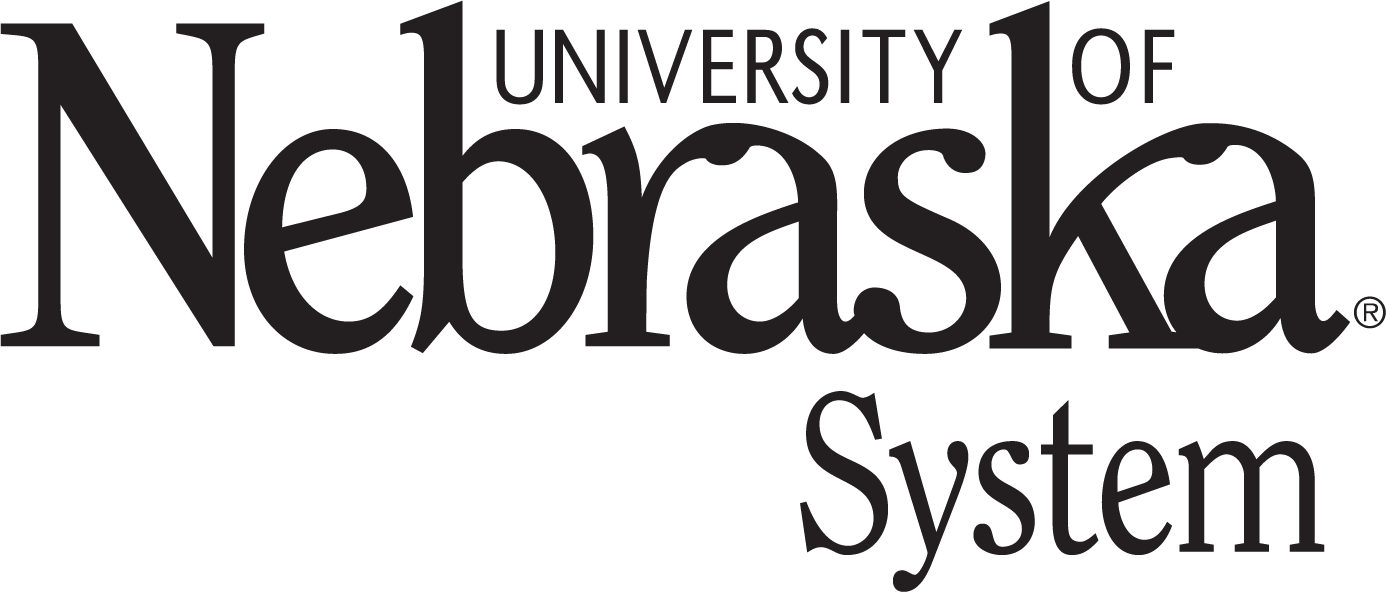Introduction
This anthology consists of writings about family, mostly about mothers and children. Mothers in the 1800s go through a lot in order to provide for their children. Most of the time the father is absent in the child’s life, it’s usually the mother who is more involved. Children have the most connection with their mother than their father. Although this anthology is about mothers and children, fathers are also an inspiration towards their children. Fathers are also mentioned in a few of these literary works. Fathers don’t get as much credit as mothers, but fathers do a lot for their children. Fathers also have motherly sides, but as their child grows older his motherly love turns into tough love.
The writings in this anthology are mostly about what mothers have to go through a lot so that their children can have a better life. In these writings, you’ll see how a mother’s love for her children can also affect them. Mothers always stay strong for their children, even though they are holding back their pain. One thing to point out is that anyone can be a mother even if the children aren’t her own. Having motherly characteristics can be what children need, even if the children aren’t hers. A child’s happiness equals a mother’s happiness.
As you read, you can also see some child growth in some of the readings. The child’s involvement with their mother shows you, the reader, that the child knows what their mother is going through and wants to help her to ease the load of work being brought to them.
In the first writing, you’ll read is “Letter: To My Dear Children” written by Anna Bradstreet. Bradstreet wrote this letter to her children before she passed away. She talked about how God has impacted her life and how He can also help her children throughout their lives.
You’ll read a chapter from “Charlotte Temple” written by Susanna Rowson. In this specific chapter, “Maternal Sorrow,” you’ll read how Mrs. Temple, Charlotte’s mother, is worried about her daughter, who doesn’t show up to an event. The title of the chapter gives you all you need to know that the mother will have a breakdown.
This is where you’ll see a father being mentioned for the first time in the anthology book. Here, Mr. Temple tries to comfort Mrs. Temple as she cries her heart out.
The first poem you’ll read is from Henry Wadsworth Longfellow. Longfellow’s poem, “Footsteps of Angels,” is about an angel who gives him reassurance. The angel in the poem represents his mother.
Longfellow’s poems deal a lot with divinity. His poems really make you dig a little deeper to find the meaning of this poem, like the one you’re about to read.
The next poem is “To My Mother” written by Edgar Allan Poe. When reading the title, you’ll think the poem is about Poe’s mother, but it’s not. The mother in his poem is referring to his mother-in-law.
Here’s a little background about Edgar Allan Poe and his poem. Poe’s biological mother passed away when he was two and his father left him. Poe’s middle name was given to him by his adopted parents, the Allan’s. Although his poem is not about his biological mother or his adopted mother, he’s showing praise to his mother-in-law because she was the mother of the one he loves, his wife. There are some small highlights of his biological mother in the poem.
Next, you’ll read “The Seamstress” written by Harriet Beecher Stowe. “The Seamstress” is about a widow and her two daughters. They were living a good life until a lot of misfortune came down upon their family.
This is the second time a father is mentioned. The father is only mentioned once, but you’ll see how his passing affects his family.
Lastly, you’ll read the last poem written by Walt Whitman. Whitman’s poem “There was a Child Went Forth,” is about more about the child than the mother. In this poem, you’ll read about the child’s growth because as the child moves on, the child will be gaining new knowledge every step of the way.
As you read through Whitman’s poem, you’ll see how Whitman uses nature a lot in this writing. In almost every stanza in his poem, it symbolizes something in the child’s life or it has it’s own meaning to life in general. Trying to figure out the deeper meaning of Whitman’s poem is what makes it unique because it can mean multiple things depending on who’s reading this anthology.
You probably noticed how all of the poems that were chosen were written by men. This tells us how important mothers are to their sons. Once their mother passes away, they feel empty without their mothers. Longfellow’s mom was the angel in his poem and Poe’s mother-in-law was the mother he was talking about.
I recommend that you imagine yourself as the child when you read the different types of literary works in this anthology. It will help you become one with the writing and you’ll be able to see how you’ll live during the 1800s. If you are a mother, you can also imagine being in the mother’s shoes in the 1800s. Try to figure out what you have in common as mothers and try to see how you would do things differently if you lived in the 1800s.
By the end of this anthology, I hope you show more appreciation towards your mother because they do so much for you and they helped you to become who you are today. Mothers give us strength, but we also give our mothers strength. One more thing, give some praise to your children, if you have any children. Once they get older, they’ll realize how much you did for them when they hit your age.
